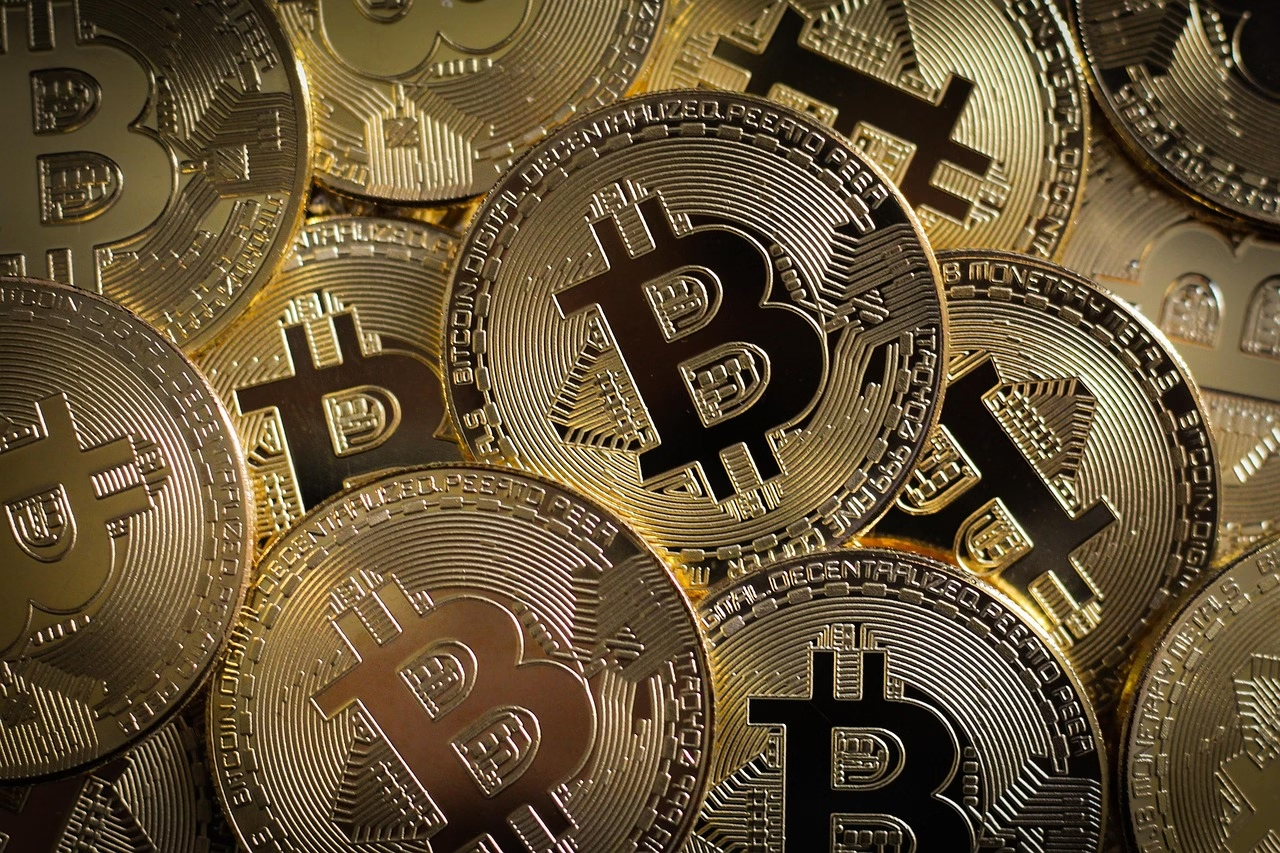“House Passes Major Crypto Bills, Sending Stablecoin Regulat
July 18, 2025 | by Sophia Vance

House Passes Major Crypto Bills, Sending Stablecoin Regulation to President Trump
By Sophia Vance – Financial Analyst & Crypto Commentator
The U.S. House of Representatives just took a monumental step toward defining the future of cryptocurrency regulation, passing key legislation focused on stablecoins that now heads to President Trump’s desk. This move marks one of the most decisive moments yet in the ongoing dialogue between innovation and regulation across crypto markets. And make no mistake, this isn’t just a procedural formality—it’s the opening salvo of a new era that will shape the trajectory of crypto adoption, investor protections, and systemic financial risk for years to come.
Stablecoins: The Linchpin for Crypto’s Next Phase
Stablecoins have emerged as the bedrock of much of crypto’s everyday utility—from decentralized finance (DeFi) lending and payments to exchanges’ liquidity infrastructure. These digital assets, pegged to traditional fiat currencies like the U.S. dollar, offer a critical bridge between the volatile world of cryptocurrencies and the stability demanded by businesses and consumers alike.
But with widespread adoption comes increased scrutiny. Stablecoins hold massive amounts of fiat collateral or other assets backing their value. This creates a latent financial risk if issuer solvency or asset liquidity falters. Regulators understand that stablecoins are not mere tech novelties; they’re rapidly evolving into systemic pillars for the financial ecosystem.
Key Provisions in the Bills Passed
The bills united bipartisanship behind a fairly comprehensive regulatory framework, focusing on three pivotal areas:
- Transparency & Auditability: Issuers must maintain clear, frequent disclosures on reserves backing their stablecoins, paired with mandatory auditing protocols. This ensures confidence in real-time asset backing and reduces the risk of “shadow” liabilities hidden off-balance-sheet.
- Regulatory Oversight & Custody: Stablecoin issuers will be required to register with federal regulators, and in some cases, operate under strong banking standards. This means enhanced custody protections and prudential supervision similar to traditional money market funds or deposit institutions.
- Consumer Safeguards: The legislation imposes strict limits on who can issue stablecoins and under what conditions, aiming to shield everyday investors from exposure to unregulated, fly-by-night ventures that could jeopardize their assets.
In sum, these bills aren’t about stifling innovation—they’re about controlling risk at scale to avoid repeating the mistakes of past financial crises, now with decentralized technology in play.
What This Means for Investors and the Crypto Ecosystem
Investors have been navigating a rocky period marked by high volatility and growing calls from lawmakers to “get control” of crypto risks. With this legislation, the government is signaling a twofold message:
“We recognize stablecoins as critical financial infrastructure—but that comes with accountability.”
For everyday crypto users, the bill translates into a more trustworthy environment. You can expect standardized protections that will likely lead to broader institutional adoption and integration into mainstream finance. However, this also means that non-compliant stablecoins could face significant hurdles, leading to stronger market consolidation around compliant players.
On the flip side, this raises the stakes for innovation pace. Regulatory compliance will require stablecoin projects to beef up legal, operational, and governance frameworks, potentially sidelining smaller, riskier tokens that might have served niche use cases.
President Trump’s Role—and What Comes Next
With the House approval in hand, the bills now await President Trump’s signature. Given the political and economic significance of stablecoins, the decision will undoubtedly be under close watch by Wall Street, crypto communities, and international markets alike. A presidential endorsement would fast-track these rules into law, paving the way for the Treasury and Federal Reserve to begin detailed rulemaking and enforcement efforts.
But the path beyond here is far from simple. As with any evolving regulation in tech-heavy domains, the challenge will be balancing innovation incentives against prudent risk management without disrupting the dynamic momentum driving crypto development.
My Take: A Turning Point in Crypto Regulation
This is not simply a regulatory checkbox moment. It’s a fundamental shift in how crypto assets—especially stablecoins—are viewed by the establishment. Recognizing them as integral to today’s financial infrastructure demands new guardrails, transparency, and systemic oversight all at once.
For investors watching from the sidelines, or currently navigating crypto markets, this is the time to sharpen your understanding of regulatory landscapes. Those who anticipate and adapt to this regulatory reality will likely be the ones to capitalize on the next wave of crypto innovation. The era of unchecked crypto experimentation is drawing to a close, replaced by mature, regulated growth underpinned by strong governance.
In financial markets, certainty creates confidence. With these bills moving forward, the U.S. government has taken a significant step toward creating that certainty in the crypto space—especially around stablecoins. The ripple effects will be profound, fostering a crypto ecosystem that is not only innovative but also resilient and trustworthy.

RELATED POSTS
View all



